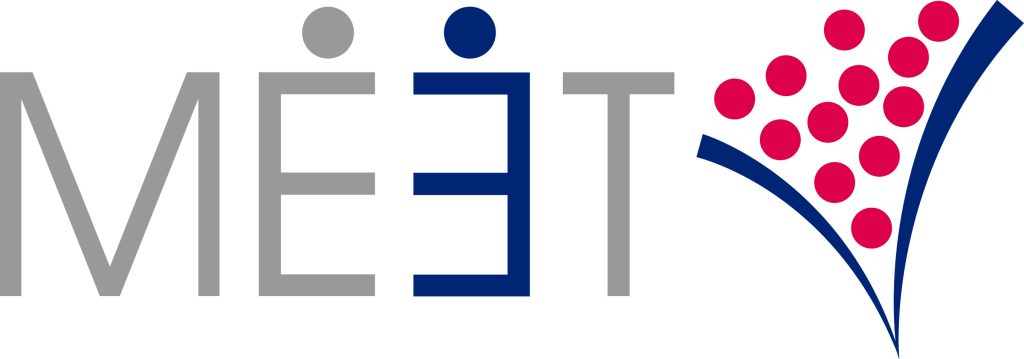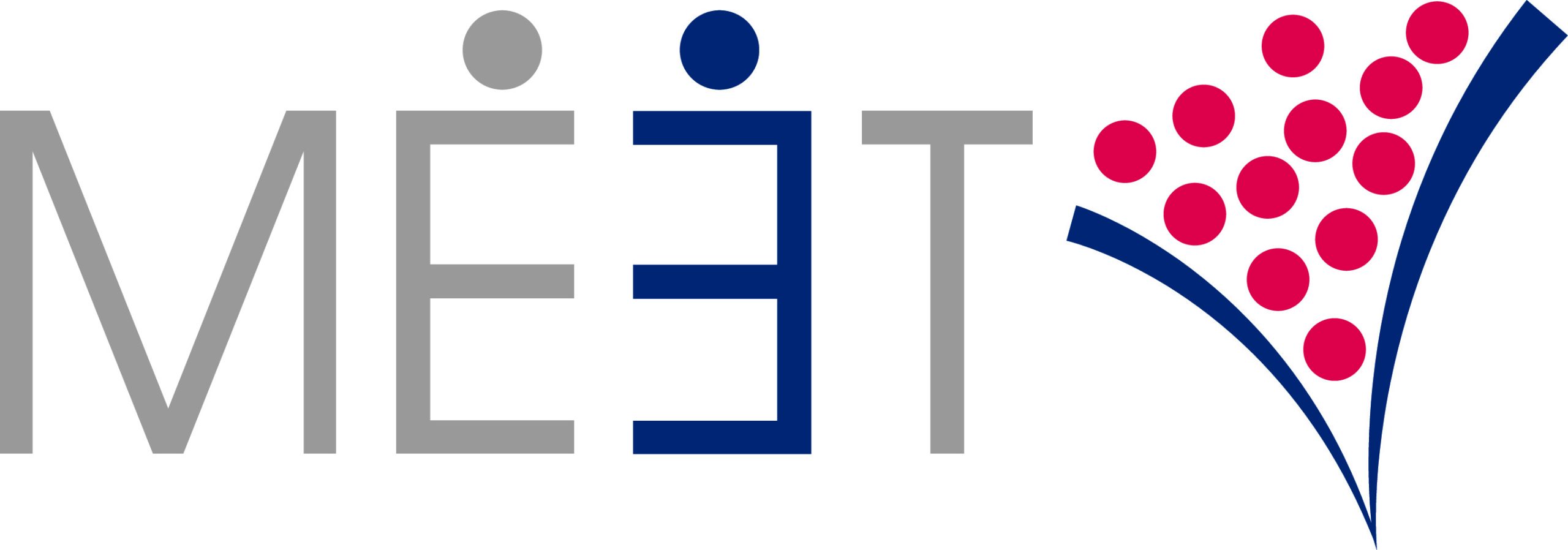Why Are You Expanding Internationally?
One place where internationalizing companies get tripped up is not being clear about the purpose of the international expansion. If you can’t answer or don’t have an answer to the question, “why are you expanding internationally?” then it’s probably something you need to step back and answer. Think about all of the reasons why you might expand. Your reasons for expanding should be fully in line with what your goals are as an organization. Answer, “what do you want to accomplish and by when?” As you can understand and articulate your organizational goals, lining up your international expansion to those goals is paramount for an efficient and successful expansion. Ultimately, all of our businesses are operating on limited resources the top of which are time, people, and capital. It is critical then that we use those precious resources to our best advantage. So, think about the goals that you have and how will expanding internationally helps accomplish those goals. Conversely, it is also important to consider how will international expansion potentially puts those goals at risk. Being aware of the potential challenges and risks will enable you to realize and manifest the best decision-making and strategies. These top reasons for expanding internationally should help you begin the process. You will likely think of others and add them to the list. Expand service to existing customers. Expanding to satisfy current customer demand is far and away the safest and most reliable reason to expand. Having ready customers and profit streams pulling you into a new market better assures financial stability and success. Potential to increase revenue and profits. Going to new markets where there are more and/or higher-margin customers can be a great reason to expand. Entry into new markets. There is a learning curve when you enter any new market. Starting sooner can potentially get you further ahead faster. Expand customer base. Whether it’s a land grab or incrementally growing your customer base taking market share is a mid and long-term play. Diversification through expansion. Besides growing revenue and profits, diversifying your markets can also help stabilize the business long-term by hedging individual market variability. Access to additional talent. New markets bring significant opportunities to add new team members with advanced skills, competencies, and experiences. Building a strong global team of “A players” is the hallmark of every great company. Gain competitive advantage. Outflanking the competition in new markets can create additional competitive and market share opportunities. Enhance and improve company reputation. Larger customers can be attracted as your global footprint increases. Reference customers in new geographies and industry verticals accelerate growth as these examples build market trust. Create economic and operational efficiencies. Done right, the expansion of your organization will create operational efficiencies as costs are spread over more customers and revenues. About MEET (meetroi.com) helps international B2B companies gain traction and scale in the U.S. through trade shows, events, and strategic connections. MEET’s processes help its clients ramp up sales quickly and maintain a steady stream of high-quality prospects going forward. Contact Bill Kenney for a no-obligation conversation: bill@meetroi.com or +1 (860) 573-4821.

